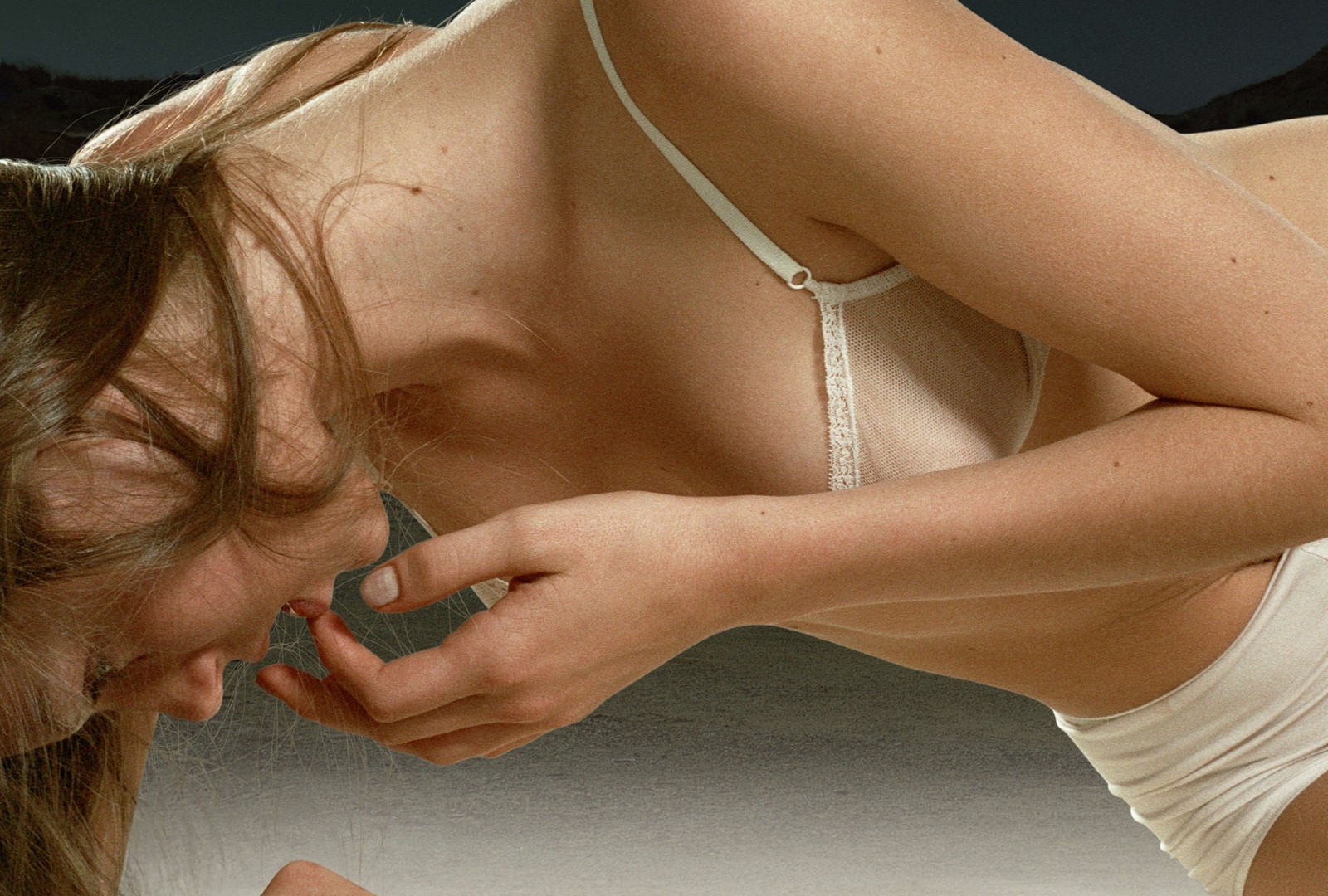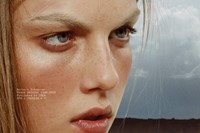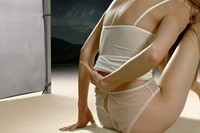German photographer Norbert Schoerner’s lucid campaigns for Prada between 1998 and 2002 set the tone for fashion at the turn of the millennium, with his hyperreal, sharp-cut imagery of models like Angela Lindvall. If the iconic images have been perpetuated by moodboard-esque social media accounts, it’s taken the photographer ten years to feel comfortable personally revisiting the images – which he has now done, in the new, Idea-published book Prada Archive 1998-2002. “Prada was a complex and particular time for me – my gut instinct was really not feeling it,” he recalls, “but when I met Idea, I felt very much in safe hands with them. I was happy to hand the baton over.”
Bucking the traditional coffee book format, as Schoerner felt that “the sort of classic approach didn’t suit my work very much”, he worked with Idea and Jonny Lu Studio to innovate a unique hole-punched layout with scaled foldouts, all housed in an archival folder. “You have a true archive publication,” he explains of the design, which can incorporate future editions of the publication as “a sort of permanent work-in-progress.”
To mark the release of Prada Archive 1998-2002, we caught up with Norbert Schoerner to hear how, in his own words, the cutting-edge publication came to life.
“I’ve always liked Idea. I bought a book from them – a Japanese book about Miles Davis and his outfits. I get this email from Angela [Hill], saying ‘Hey Norbert, it’s Angela. Do you remember we used hang out in the 90s on Portobello Road?’ I hadn’t made the connection! I popped by for a coffee, we had a really good conversation, and then she said, ‘We’d be interested in doing a Prada book.’
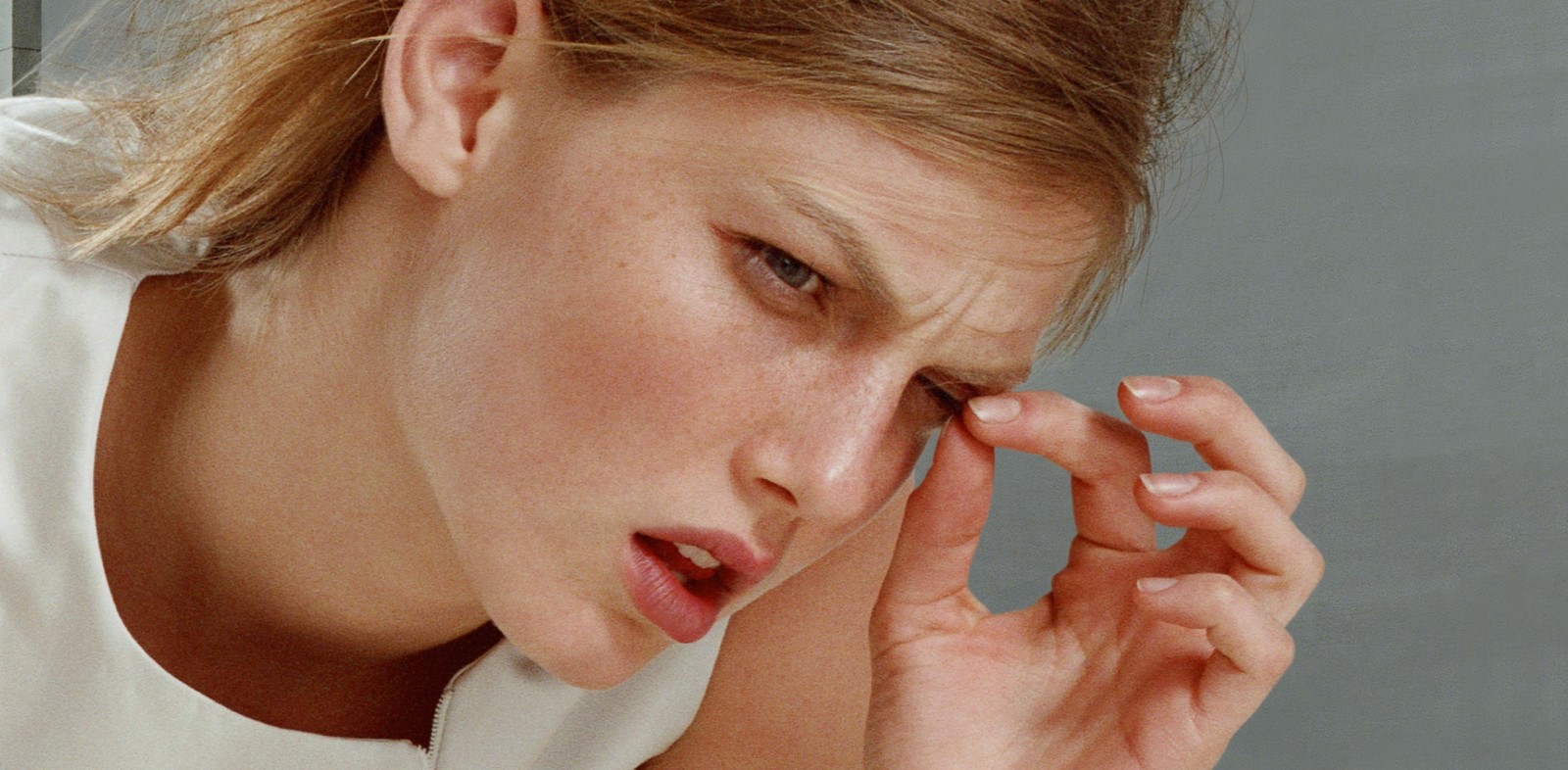
“The idea had been put to me a couple of times, ten or so years ago, but it didn’t really feel right. I always have issues with getting too lost in my archive because part of my creative momentum comes from looking forward and attempting new things. Everybody is different, but for me, one thing that has kept me going for 35 years is that I live in hope that I’ll get better.
“But I really liked the Idea approach. I like the fact that they are not a conventional publisher. They’re coming from a collector’s book store background, and I think that gives them a totally different sensibility. Also, to be honest, I liked the speed. Because we decided in late November that we were going to do it and we did it. I ended up with such an amazing team – I get along really well with Idea and also Jonny Lu and his wonderful team. It was a very fulfilling process and I felt quite protected.
“Prada was always complex for me – a very particular time and process. It was special as it felt very personal and very direct because there was there was no agency involved. I had known the art director, David James, for a long time before. It was often very, very small meetings – maybe five people sitting around the table discussing ideas.

“Miuccia [Prada] wanted a loyalty from us. We would help her find our own vision. That’s a very intense relationship but it’s been an absolute privilege to have worked with her – although the relationship never ended. Just two and a half years ago, she got me back on board to shoot more campaigns, and when I came back, almost half the people were still there. It’s a special kind of loyalty.
“Her approach isn’t just intellectual – she likes storytelling. But one season, she wasn’t sure what the narrative environment could be for the collection. There was a certain lack of connection. We were shooting for 16 days, and we kept changing the concept. And then on day 16, Miuccia suddenly had an epiphany. There were one or two things she really liked, and so we reshot the whole campaign in two days. It was an 18-day shoot, basically. But it was not a power game, because you realise that she’s also figuring things out at the same time.
“There was one picture from Autumn/Winter 1998 that is in the book – a shoe shot. It’s one of my favourite shots. We built a set of felt cushions and it was two o’clock in the morning – Angela [Lindvall] had basically fallen asleep. And then the shoe came off her foot and it looked so beautiful. It’s also one of Miuccia’s favourite pictures.
“Miuccia [Prada] wanted a loyalty from us. We would help her find our own vision” – Norbert Schoerner
“In the first conversations with Jonny [Lu], we were discussing the broader context in which the book could come into existence. Glen [Luchford] had his book two and a half years before me. It’s a substantial, beautiful coffee table book. But I don’t think that traditional approach suits me, so I said to Jonny, ‘I want to do the kind of book that wedges up the coffee table!’ The binder holes are essential as, further down the line, we are working on making another edition of expanded content with extra material like the lighting diagrams or the Polaroids. We also made the decision to have no essay, no text – we wanted the book to speak for itself.
“I really liked how they cropped the photos. It’s almost a meditation on the details. It’s a younger generation [who edited the book] and they’ve grown up looking at my images in a very different way. It also reminds me of the way I used to work, because obviously everything was shot on film. And when editing, you’d enlarge the photograph and just work on a section. At one, two o’clock in the morning when you are so tired, it became kind of hypnotic. So it’s sort of a remix, changing the rhythm. Like we have a section in the beginning where we sort of just cropped into Angela’s hands so it’s all about hands. I love hands anyway – they tell a great language.
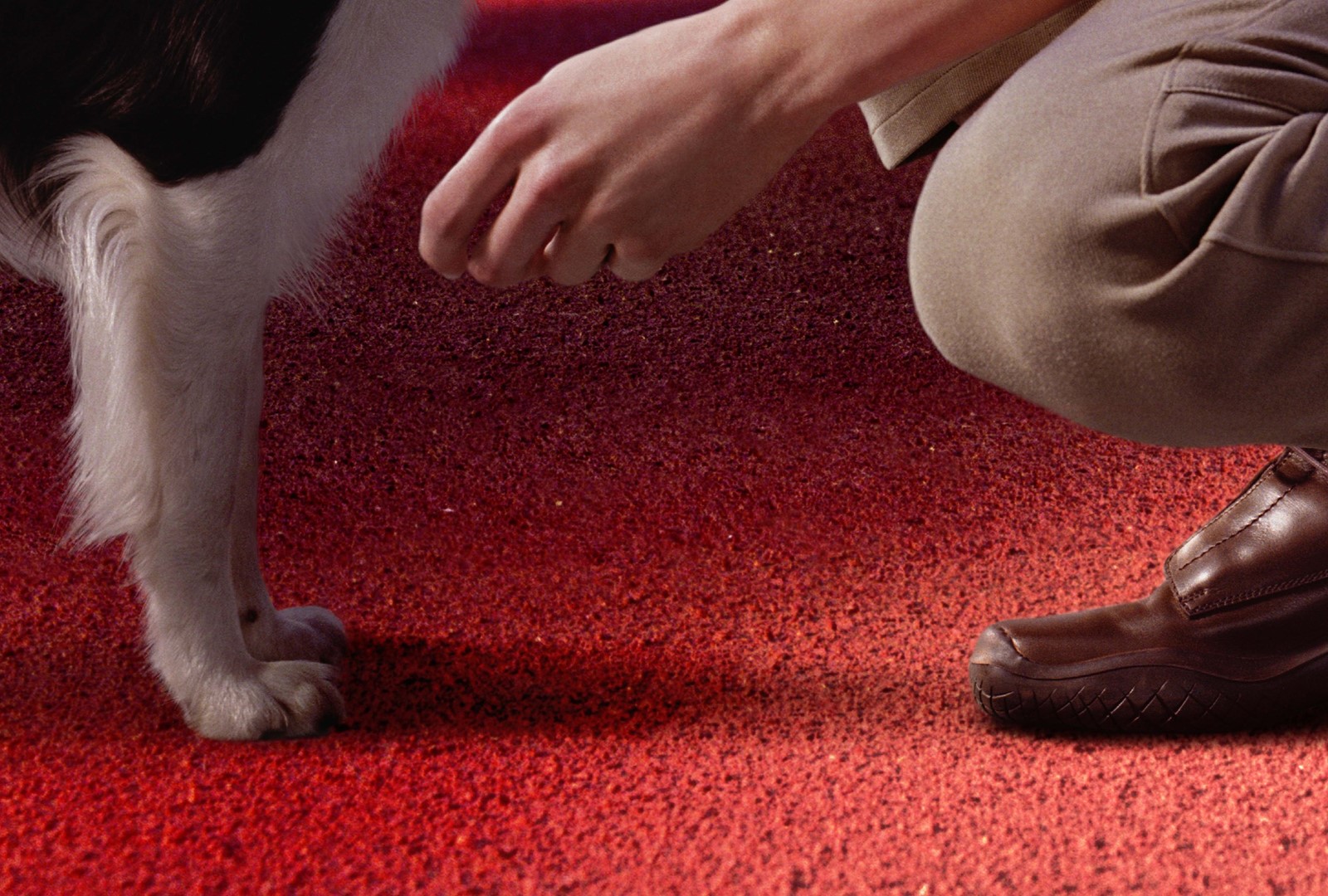
“What we have achieved didn’t really hit me until I held the book in my hand. Haptically it was beautiful, but a friend of mine messaged asking, ‘How does it smell?’ It didn’t have that distinctive ink smell that a book often has. It smelt more like a garden, in a strange way – organic, like the project itself. But there’s something about ink on paper … you know? It’s a beautiful thing.”
Prada Archive 1998-2002 by Norbert Schoerner is published by IDEA, and is out now. The first release is sold out, but additional copies will be available through global retailers in the upcoming weeks. Contact IDEA for a full list of stockists.
